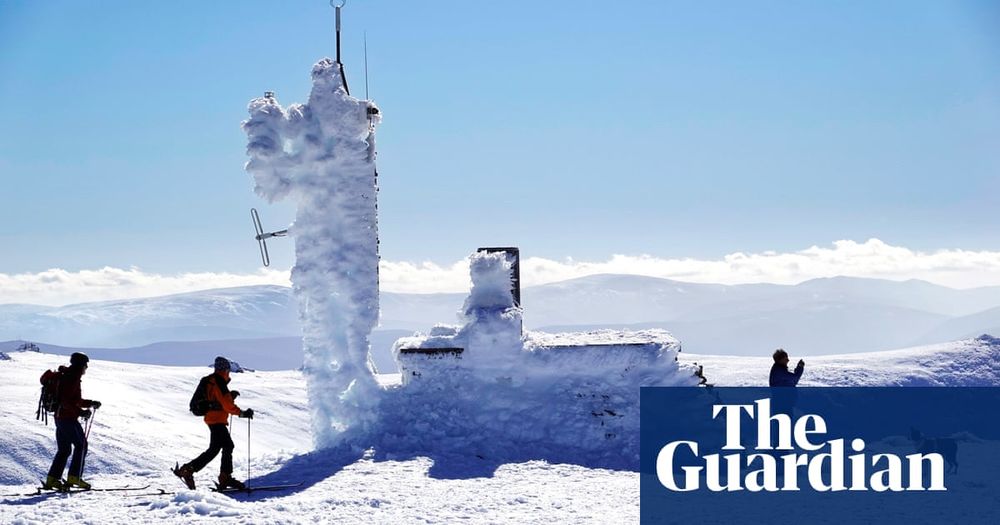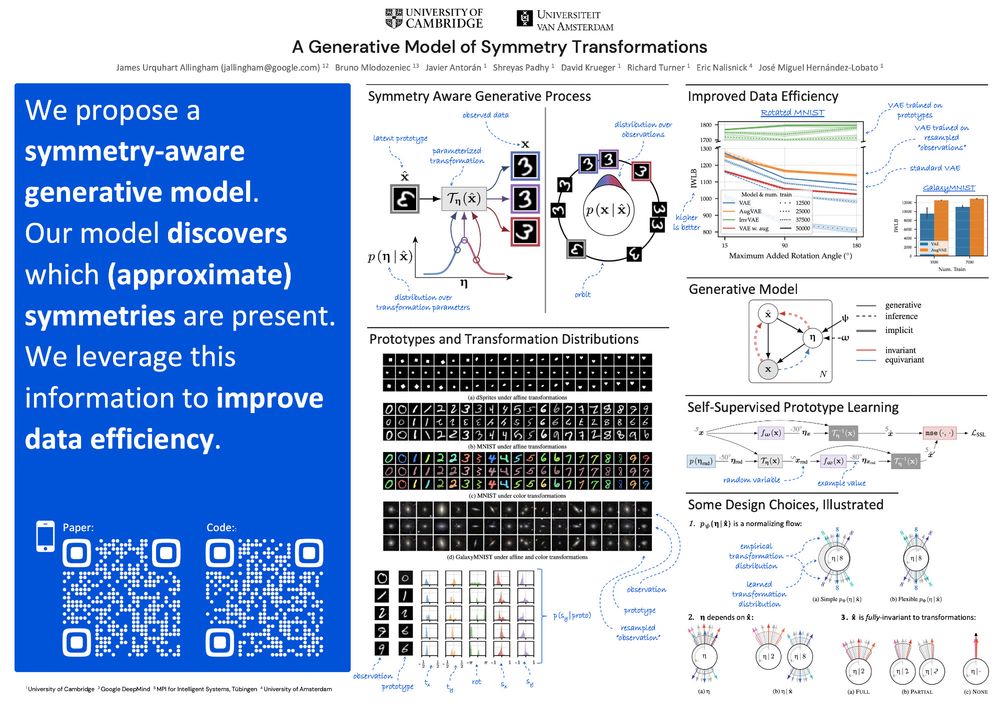Bruno Mlodozeniec
@brunokm.bsky.social
710 followers
31 following
14 posts
PhD in Deep Learning at Cambridge. Previously Microsoft Research AI resident & researcher at Qualcomm. I want to find the key to generalisation.
Posts
Media
Videos
Starter Packs
Bruno Mlodozeniec
@brunokm.bsky.social
· Apr 16

Influence Functions for Scalable Data Attribution in Diffusion Models
Diffusion models have led to significant advancements in generative modelling. Yet their widespread adoption poses challenges regarding data attribution and interpretability. In this paper, we aim to ...
arxiv.org
Bruno Mlodozeniec
@brunokm.bsky.social
· Apr 16
Bruno Mlodozeniec
@brunokm.bsky.social
· Apr 16
Bruno Mlodozeniec
@brunokm.bsky.social
· Apr 16
Bruno Mlodozeniec
@brunokm.bsky.social
· Apr 16
Bruno Mlodozeniec
@brunokm.bsky.social
· Apr 16
Bruno Mlodozeniec
@brunokm.bsky.social
· Mar 21
Bruno Mlodozeniec
@brunokm.bsky.social
· Nov 15

Denoising Diffusion Probabilistic Models in Six Simple Steps
Denoising Diffusion Probabilistic Models (DDPMs) are a very popular class of deep generative model that have been successfully applied to a diverse range of problems including image and video generati...
arxiv.org






